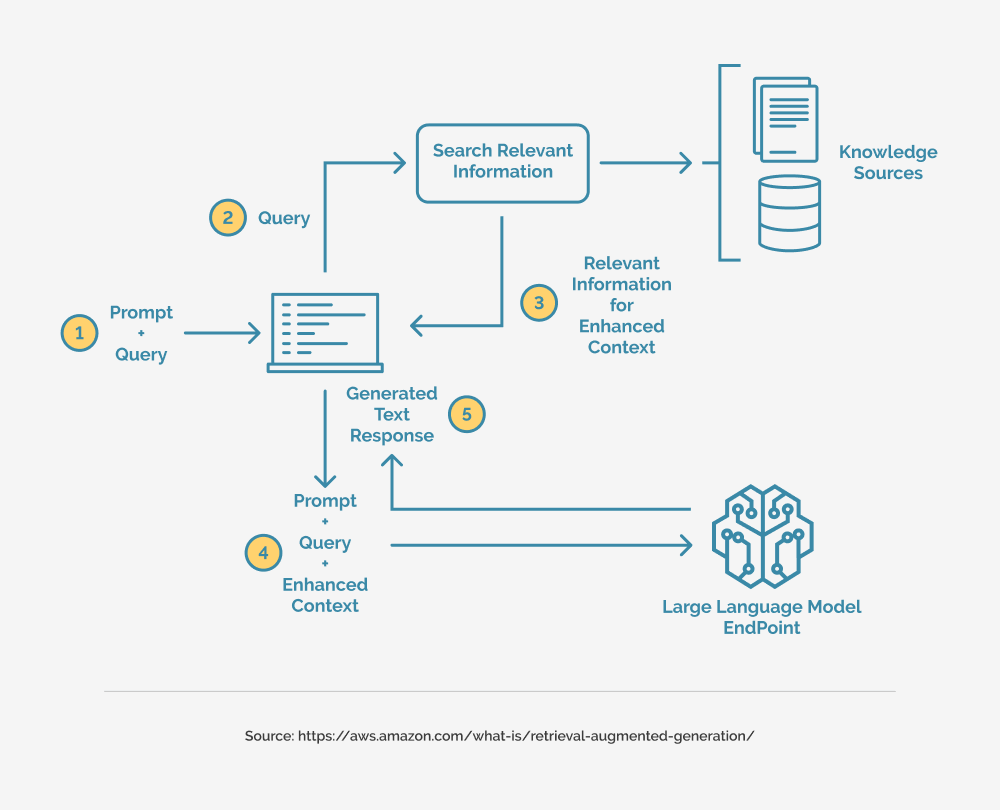S&T Live Recap: When Communicating Return-to-Office Policies, ‘Clarity Creates Trust’
Five years after many organizations told their employees to work from home during the pandemic, many now expect their people to report to the office full time. When a company decides to return its workforce to the office, that message should be communicated to employees as soon, and as often, as possible, Leah Gladu said. […] The post S&T Live Recap: When Communicating Return-to-Office Policies, ‘Clarity Creates Trust’ first appeared on PRsay.

Five years after many organizations told their employees to work from home during the pandemic, many now expect their people to report to the office full time. When a company decides to return its workforce to the office, that message should be communicated to employees as soon, and as often, as possible, Leah Gladu said.
“If they know what’s expected of them, even if it’s not the answer they want, it is helpful to understand what exactly return-to-office will look like for them,” she said. “The known is always better than the unknown.”
Gladu, CEO of KWI Communications in Atlanta, was the guest on March 27 for Strategies & Tactics Live, PRSA’s monthly livestream series on LinkedIn. Now in its fourth year, “S&T Live” dives deeper into stories and topics from PRSA’s award-winning Strategies & Tactics publication. Interviews with contributors and special guests offer insights to help PR professionals advance in their careers.
John Elsasser, editor-in-chief of Strategies & Tactics and host of S&T Live, asked Gladu how organizations should explain to employees why they’re needed back in the office, after years of working from home or in hybrid arrangements that only required them to work in the office two or three days a week.
“They might say, ‘We want everyone back, for connection, for collaboration, or to co-create,’” said Gladu, who wrote an article on returning to the office for the March issue of Strategies & Tactics.
She recommends being candid with employees about the pros and cons of returning to the office and offering to help workers through any downsides they may encounter.
“Acknowledge those trade-offs,” she said. “If employees feel that they’re being brought along on the journey and involved in the conversation, even if they’re not the decision-makers, it goes a long way.”
Be specific about what the new arrangement will mean for the staff, she advised. Employees want to know, “‘What will I have to change? What should I expect when I come in? Will I have parking? Will I have my own dedicated workspace?’ Having that information ahead of time sets both employers and employees up for success.”
Equip managers with messages ahead of time
As Elsasser pointed out, some employees returned to the office full time years ago, while others may still be working remotely or coming into the office a few days a week. The youngest generation of employees may never have experienced working in an office full time.
“Employees want to hear that information directly from their people-leaders,” Gladu said. “They have a relationship, for better or worse, with that people-leader.”
She advises companies to equip managers and employee ambassadors with information about return-to-office transitions in advance. They can then communicate that information to employees on behalf of the company, in one-on-one and team meetings, to ease the transition, she said.
As with any communication, when letting employees know what to expect in returning to the office, “Clarity creates trust.”
Here, Gladu offers advice for companies and organizations navigating the RTO transition:
Photo credit: New Africa/Adobe Art
The post S&T Live Recap: When Communicating Return-to-Office Policies, ‘Clarity Creates Trust’ first appeared on PRsay.





















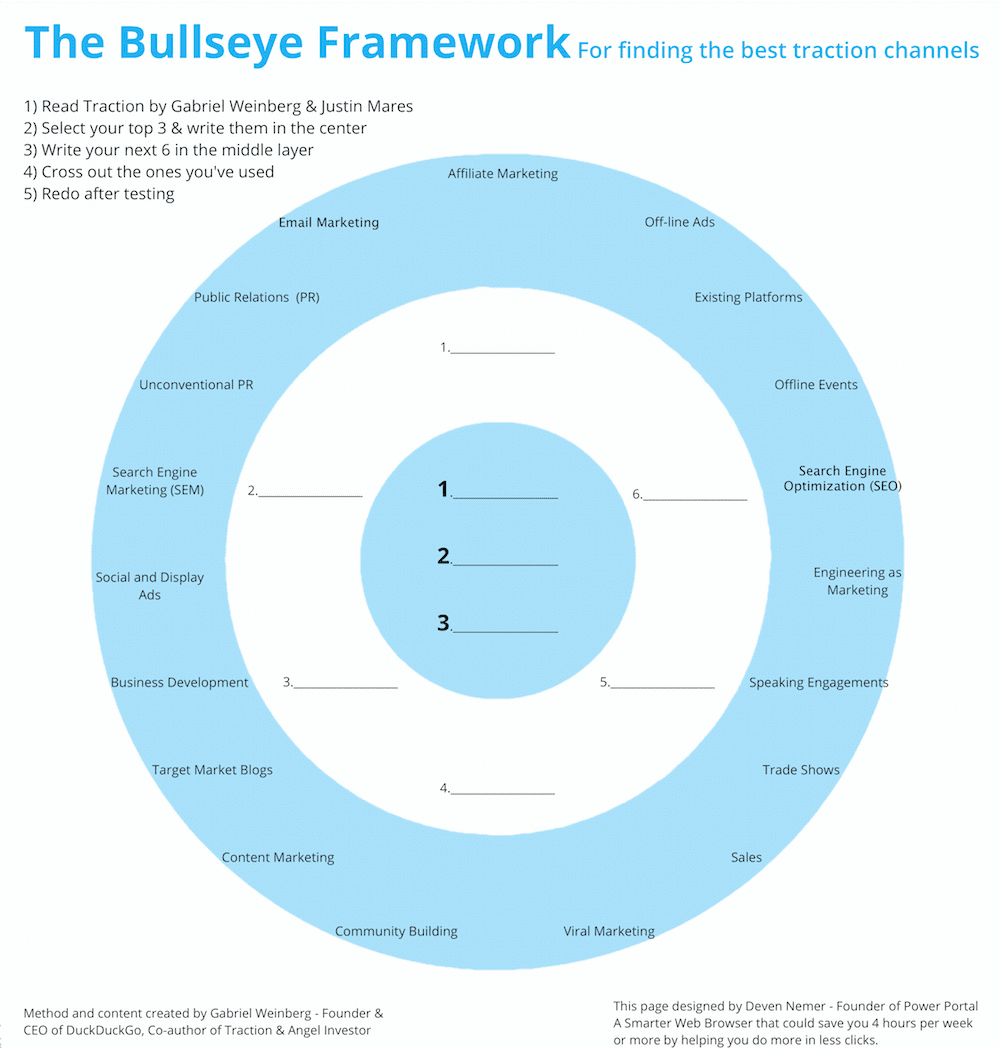
















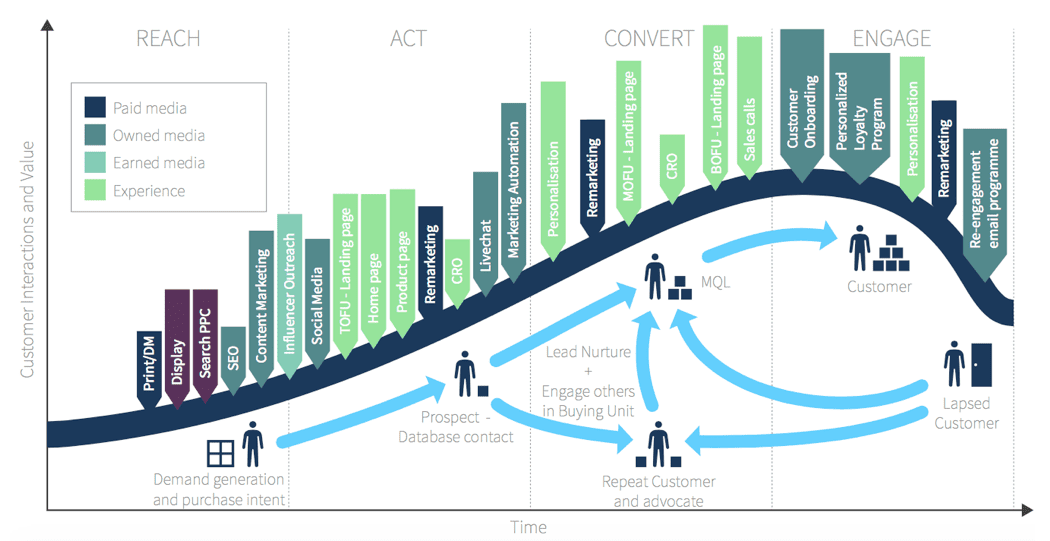
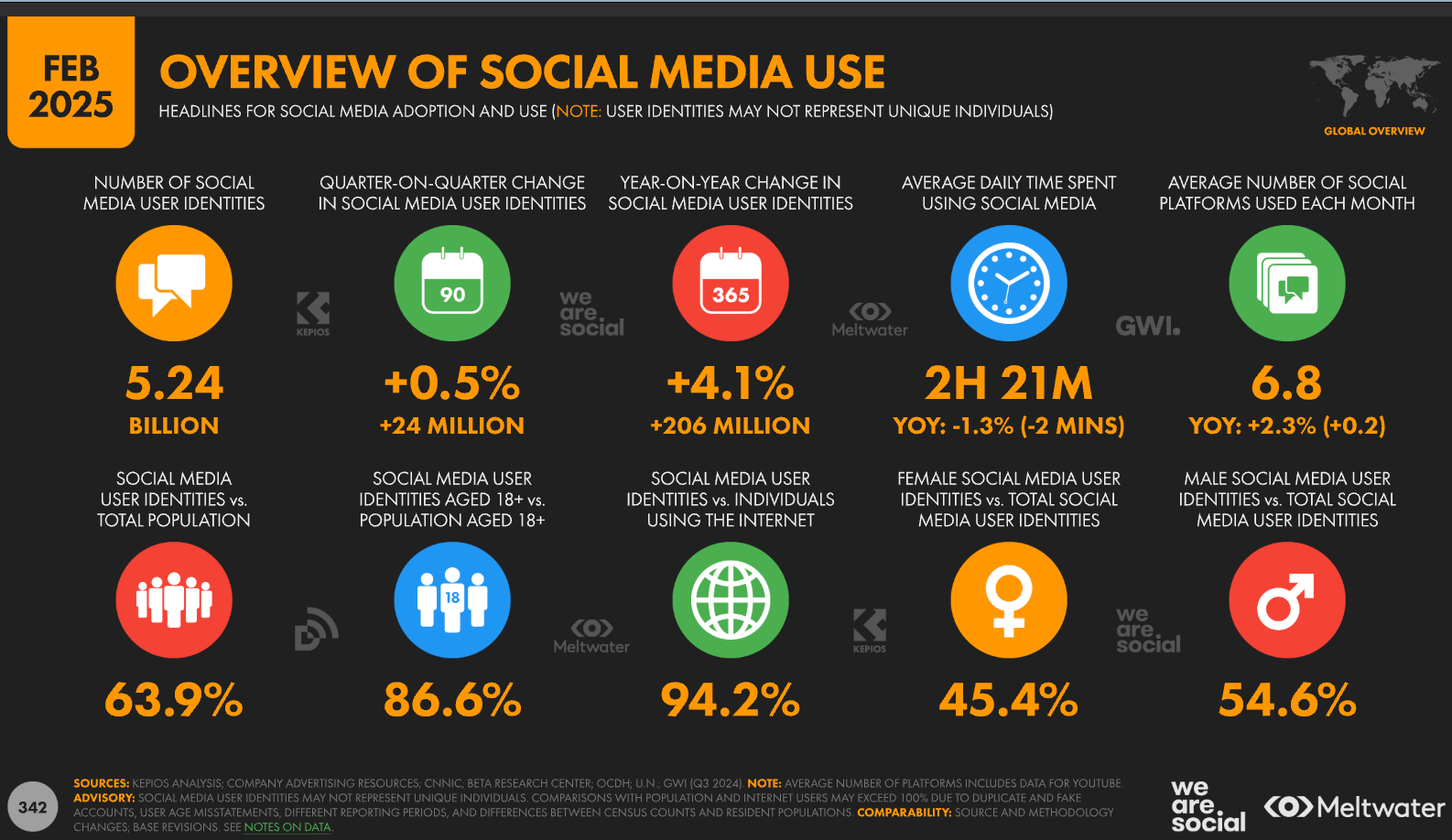











![The 11 Best Landing Page Builder Software Tools [2025]](https://www.growthmarketingpro.com/wp-content/uploads/2024/04/best-landing-page-software-hero-image-1024x618.png?#)













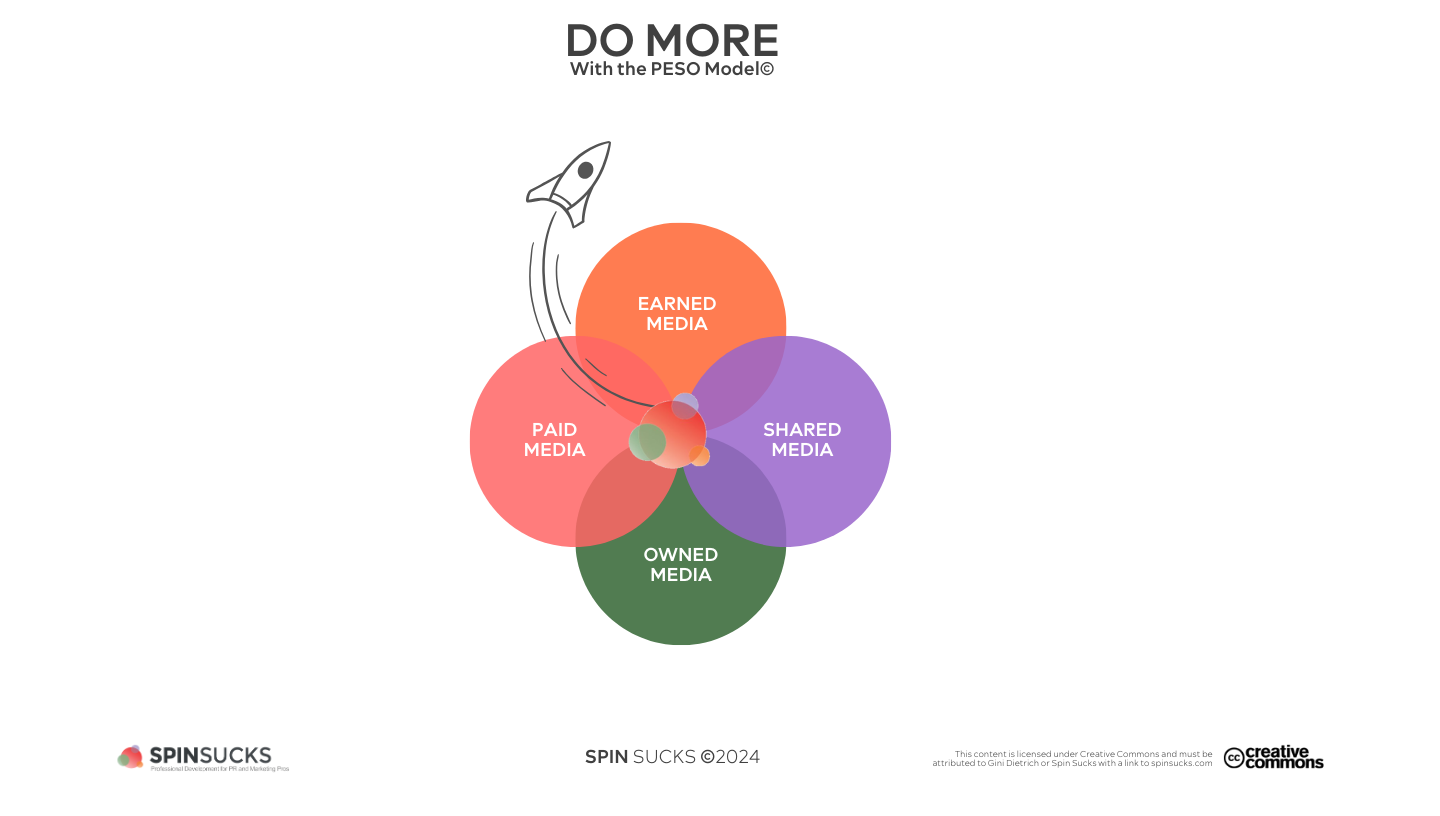




























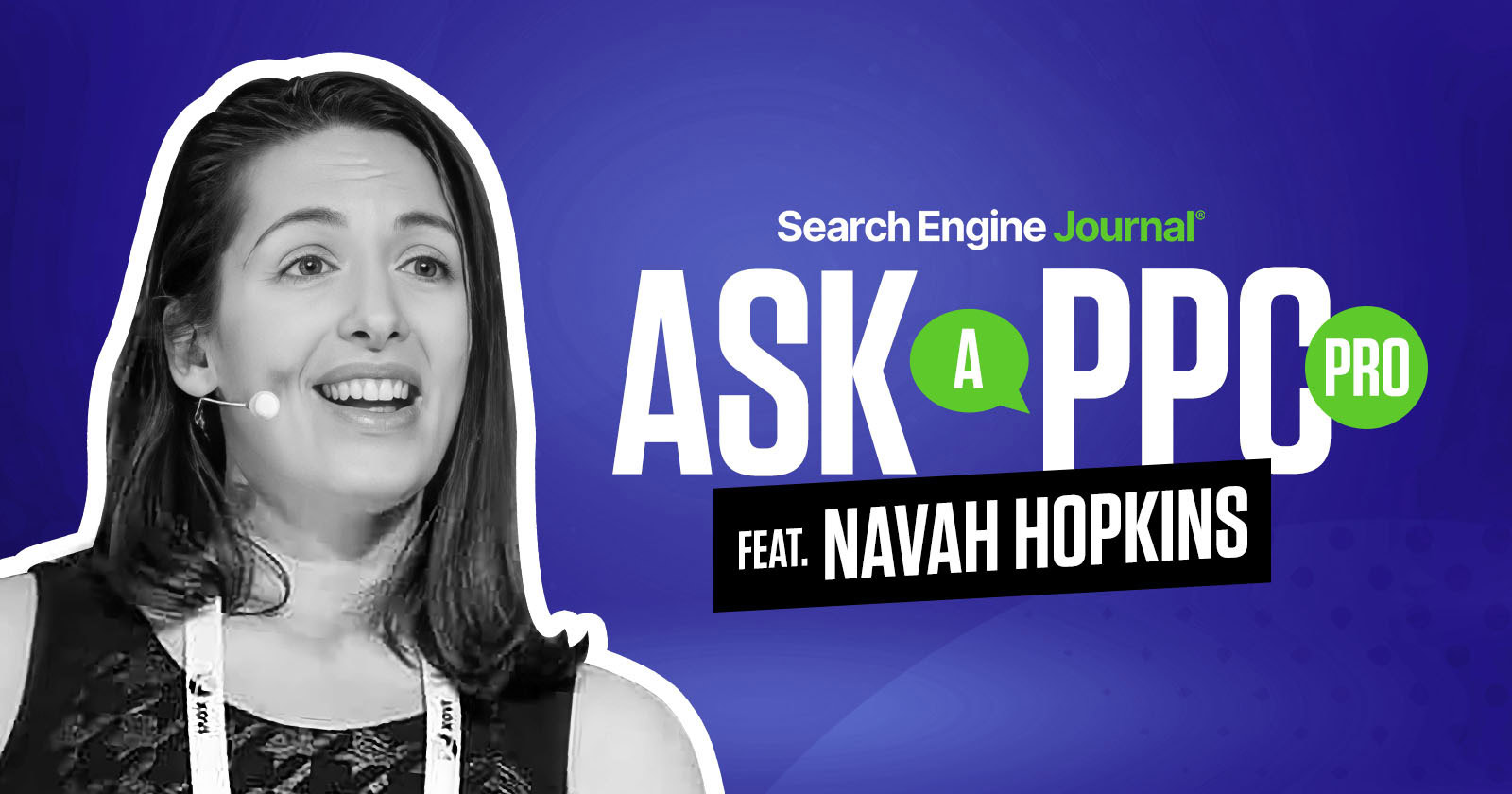



























![How to create a landing page with high ROI [+ expert and data-backed tips]](https://www.hubspot.com/hubfs/Untitled%20design%20%2847%29.jpg)























